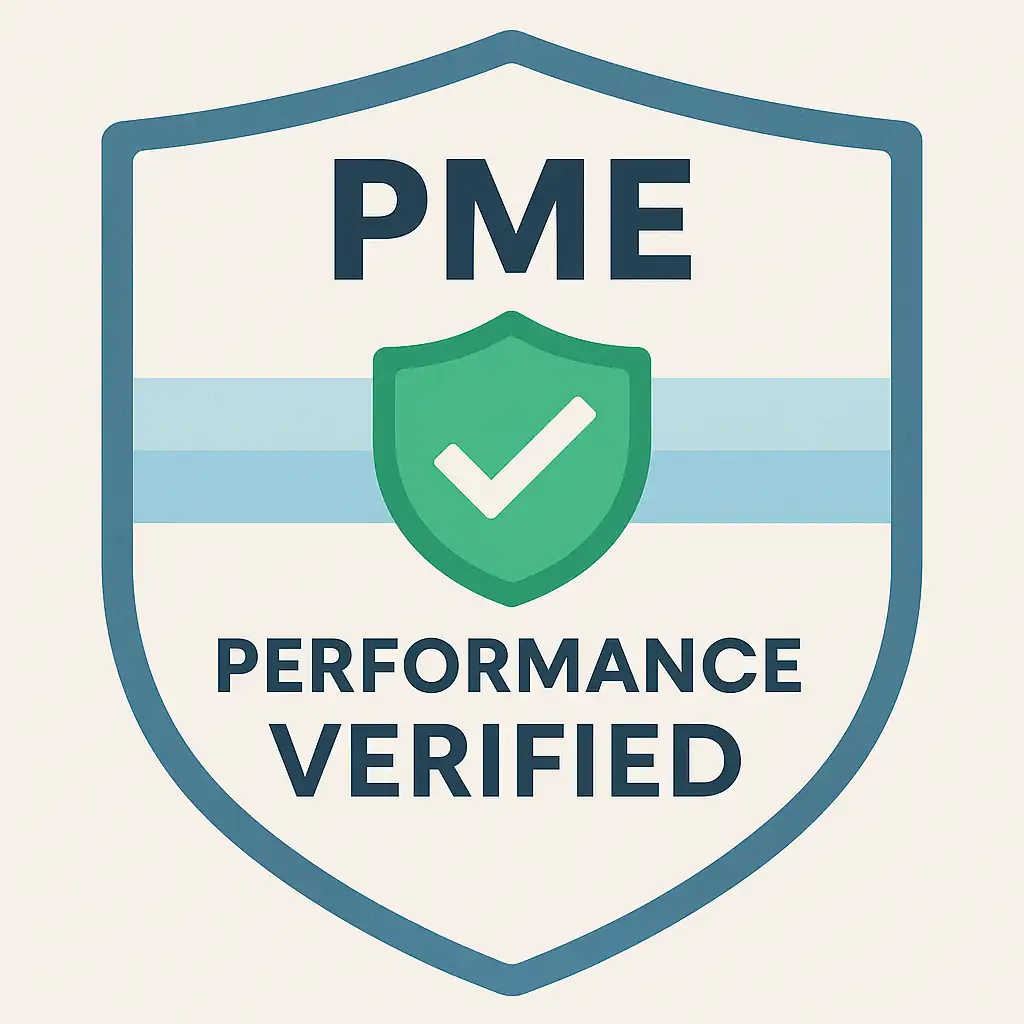Share this post:
Building Regulations Approval is one of those phrases that can make any homeowner pause — especially if you’re planning an extension or loft conversion. But don’t worry. Once you understand what’s required, getting approval isn’t as complex as it sounds. This guide walks you through exactly what Building Regulations Approval means, why you need it, and how to get it right first time.
Need Building Regulations plans for your extension?
Our team prepares compliant drawings, liaises with Building Control, and helps you pass inspections first time.
What is Building Regulations Approval?
Building Regulations Approval confirms that your extension, loft conversion, or internal alteration meets the safety, energy efficiency, and accessibility standards set by the UK Government. These rules protect you, your family, and any future occupants — ensuring that every structure built in England and Wales is safe and compliant.
Why it matters for extensions and conversions
If you’re adding space to your home — whether that’s a rear extension, garage conversion, or loft conversion — Building Regulations Approval ensures:
- Structural safety (e.g., beams, walls, and foundations are correctly sized)
- Fire safety and escape routes meet Part B requirements
- Thermal performance meets Part L energy standards
- Proper drainage and ventilation systems are installed
- Electrical and plumbing work is safely designed and certified
Failing to get approval can cause serious problems later — from failed Building Control inspections to delays when selling your home. Mortgage lenders and solicitors will ask for your Completion Certificate before completing any sale.
The two main routes to Building Regulations Approval
Homeowners can apply for Building Regulations Approval through one of two routes:
1. Full Plans Application
This is the most common route for extensions and conversions. You submit detailed Building Regulations drawings for review before starting work. The Building Control officer checks your design for compliance with all relevant parts of the regulations. Once approved, you’ll receive a formal notice confirming permission to begin.
2. Building Notice
For smaller works (like non-structural alterations), you may choose a Building Notice. You don’t need to submit full drawings, but your builder must follow the rules carefully as inspections happen throughout construction. This route is faster but riskier, as any non-compliance could require corrections after the fact.
Not sure which approval route to take?
We can assess your drawings and tell you whether a Full Plans or Building Notice route is right for your project.
What drawings and documents you’ll need
To obtain Building Regulations Approval, you’ll need detailed technical drawings showing how your extension or conversion will comply with the rules. These usually include:
- Existing and proposed floor plans, elevations, and sections
- Structural calculations (if new beams or openings are involved)
- Thermal and insulation details
- Drainage layouts and specification notes
- Construction notes that reference each Part of the Building Regulations
At Plans Made Easy, we prepare all these drawings and submit them directly to Building Control for you — ensuring everything meets national standards from the outset.
Typical timelines and costs
- Full Plans Approval: 3–6 weeks for review and decision
- Building Notice: Can begin within 48 hours of submission
Fees depend on the size and type of project. Most local authorities charge between £200–£700 for extensions, and private Building Control bodies often quote fixed packages. The design stage (drawings and notes) is usually handled by your designer or planning consultant.
Common mistakes homeowners make
- Starting work before approval is issued
- Using “old” drawings that don’t reflect the build
- Ignoring Building Control site inspections
- Not keeping copies of certificates (especially for electrics and gas)
- Assuming “permitted development” means “no regulations needed”
How to get Building Regulations Approval step-by-step
- Contact your designer (or us) for compliant Building Regulations drawings.
- Submit your Full Plans or Building Notice application to Building Control.
- Wait for confirmation that your application has been validated.
- Start work only after you’ve received approval or acknowledgment to proceed.
- Book inspections at key stages — foundation, drainage, insulation, and final completion.
- Receive your Completion Certificate once work passes final inspection.
- Typical Approval Fee:£200–£700 (depending on council and project size)
- Average Timescale:3–6 weeks (Full Plans route)
- Documents Required:Plans, sections, construction notes, structural calcs, insulation details
- Completion Certificate:Issued after final inspection and approval
Frequently Asked Questions
Do I need Building Regulations Approval for a small extension?
Yes — almost all extensions require approval, even if they fall under permitted development rights. The regulations focus on how it’s built, not how big it is.
Can I use private Building Control instead of the council?
Yes, Approved Inspectors can handle your Building Regulations application. They’re often faster than councils but charge similar fees.
What happens if I skip Building Regulations Approval?
You risk enforcement action, insurance issues, and difficulty selling your property. Solicitors will require proof of compliance during conveyancing.
When should I apply for approval?
Before starting any structural work. Submitting early allows time for review and avoids site delays.
Next Steps & Useful Guides
- Building Control: What It Is, When You Need It
- Plans for Building Regulations (UK Guide)
- Building Control Inspections – What to Expect
- Completion Certificate – Why It Matters
- Extension Drawings Explained
- Applies to:Extensions, conversions, major structural or insulation changes
- Legal requirement:Yes – under the Building Act 1984
- Governing authority:Local authority Building Control or Approved Inspector
- Typical timeframe:3–6 weeks for Full Plans approval
- Final outcome:Building Regulations Completion Certificate
For further guidance, visit the Planning Portal or GOV.UK for national Building Regulations policy and requirements.
Ready to move your extension or conversion forward?
Plans Made Easy can prepare compliant Building Regulations plans, manage submissions, and help you pass inspections first time.

Performance Verified ✅
This page meets PME Optimisation Standards — achieving 95+ Desktop and 85+ Mobile PageSpeed benchmarks. Verified on


